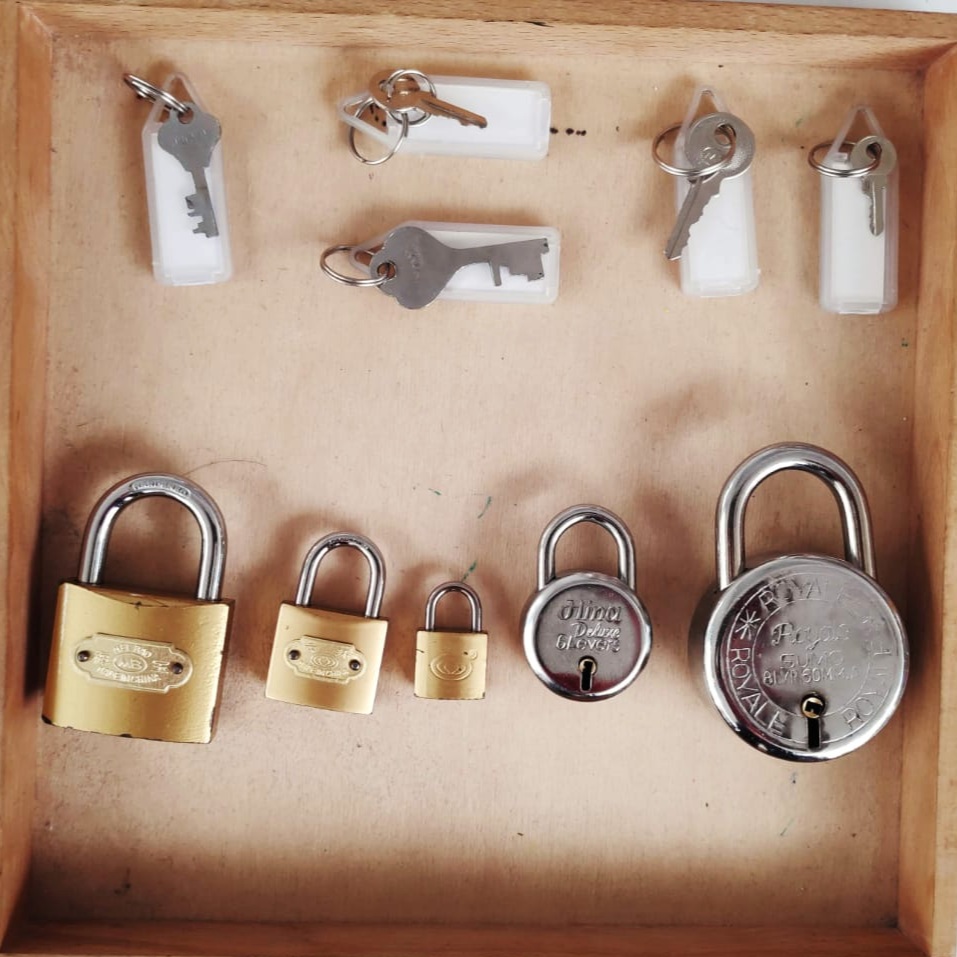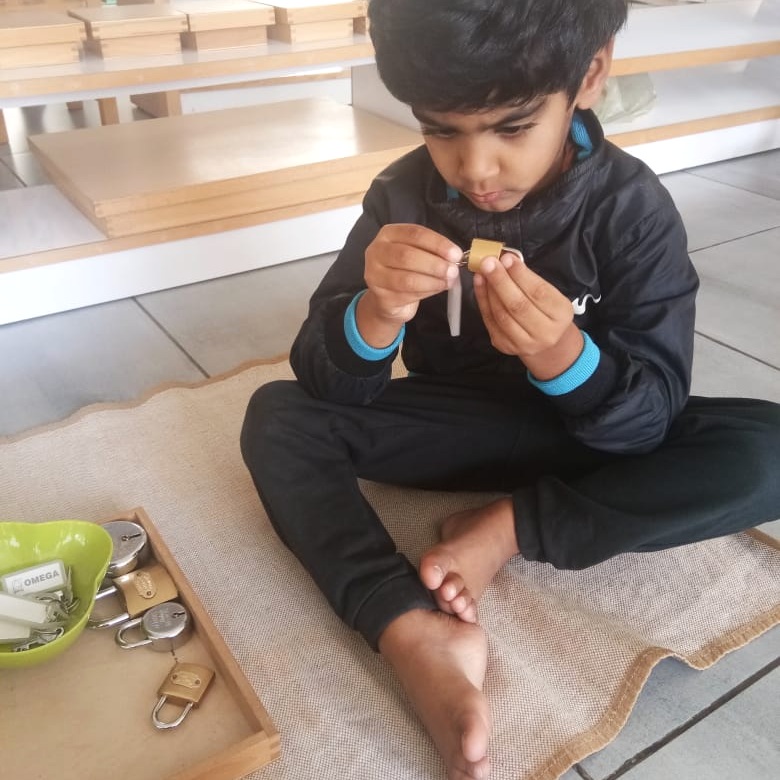Matryoshka Doll - An Important Montessori material
The first Russian nested doll ("matryoshka") set was carved in 1890 by a couple of Russian craftsmen; today they can be found across the world, including in Montessori environments. We love our Indian version of the original Russian matryoshka dolls!
What do these dolls have to do with Montessori, you may ask?
Initially, young children love the surprise of opening these beautiful dolls to find another inside. Soon they begin working to undo and put together the dolls in the right order. Nesting materials like these dolls help children understand spatial relationships, develop fine-motor coordination, build the language of comparison (big, bigger, small, smaller), as well as prepositions (inside, outside, under). These dolls also give children the opportunity to concretely experience the concept of a whole object that contains individual parts that are nestled within.












